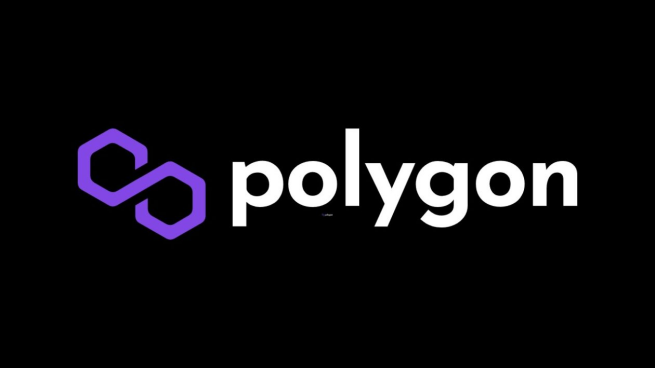
Polygon, formerly Matic Network, is a framework for building interconnected blockchain networks. It aims to address some of Ethereum’s major limitations, such as throughput, user experience (high speed and delayed transactions), and lack of community governance. To achieve this, Polygon employs a novel sidechain solution.
More than just a simple scaling solution, Polygon uses a technology called Plasma to process transactions off-chain before being finalized on the Ethereum main chain. This approach not only improves efficiency but also reduces transaction costs.
main features
Scalability: Fast, low-cost and secure transactions on Matic sidechains, enabling finality on the main chain and Ethereum (as the first compatible layer 1 base chain).
High Throughput: Achieved up to 7,000 TPS on a single sidechain on internal testnet, add multiple chains for horizontal scaling.
Security: Use the PoS (Proof of Stake) system to ensure the security of the network.
How Polygon works: Polygon's architecture can be defined as a four-layer system consisting of the Ethereum layer, the security layer, the Polygon network layer and the execution layer.
Ethereum layer: essentially a set of smart contracts implemented on Ethereum. These smart contracts handle things like transaction finalization, staking, and communication between Ethereum and the various Polygon chains.
Security Layer: Runs alongside Ethereum and provides a “validator-as-a-service” role, enabling the chain to benefit from an additional layer of security.
Polygon network layer: Users deposit crypto assets in the Matic contract on the main chain (currently only implemented on the Ethereum blockchain). Once the deposited tokens are confirmed on the main chain, the corresponding tokens will be reflected on the Matic chain. Users can now instantly transfer tokens to who they want with negligible fees.
Execution layer: The Matic chain has faster blocks (approximately 1 second or less) so that transfers are almost instantaneous. Once users are ready, they can withdraw remaining tokens from the main chain by establishing proof of the remaining tokens on the Root contract (a contract deployed on the Ethereum chain).
Matic Token Supply and Usage
The supply of Matic tokens is as follows:
Total supply: 10,000,000,000 MATIC
Issue price: $0.00263 USD
Release date: April 2019
supply allocation:Private sales, accounting for 3.80% of total supply.
Seed round, accounting for 2.09% of the total supply.
Early backers, accounting for 1.71% of supply.
Public sale, accounting for 19% of total supply.
Team token, accounting for 16% of the total supply.
Advisor tokens, accounting for 4% of the total supply.
Network operations, accounting for 12% of total supply.
Foundation, accounting for 21.86% of the total supply.
Ecosystem, accounting for 23.33% of the total supply.
Purpose of Matic Tokens
MATIC tokens are used in the Polygon ecosystem for a variety of purposes, including participating in network governance by voting on Polygon Improvement Proposals (PIPs), promoting security through staking, and paying GAS fees.
Anyone can stake their Matic tokens on the Root contract, and block producers are selected by POS stakers. To achieve faster block generation times, the number of these block producers will be small.
Staking Rewards: 12% of Matic’s total supply of 10 billion tokens is allocated for staking rewards. Validator rewards include staking rewards and transaction fees. Staking rewards are calculated flexibly.
in conclusion
As a multi-layered blockchain network framework, Polygon successfully solves some of the major limitations of Ethereum through its innovative sidechain solutions. Matic tokens play an important role in its ecosystem, not only used for network governance and payment of GAS fees, but also to promote the security of the network through staking.